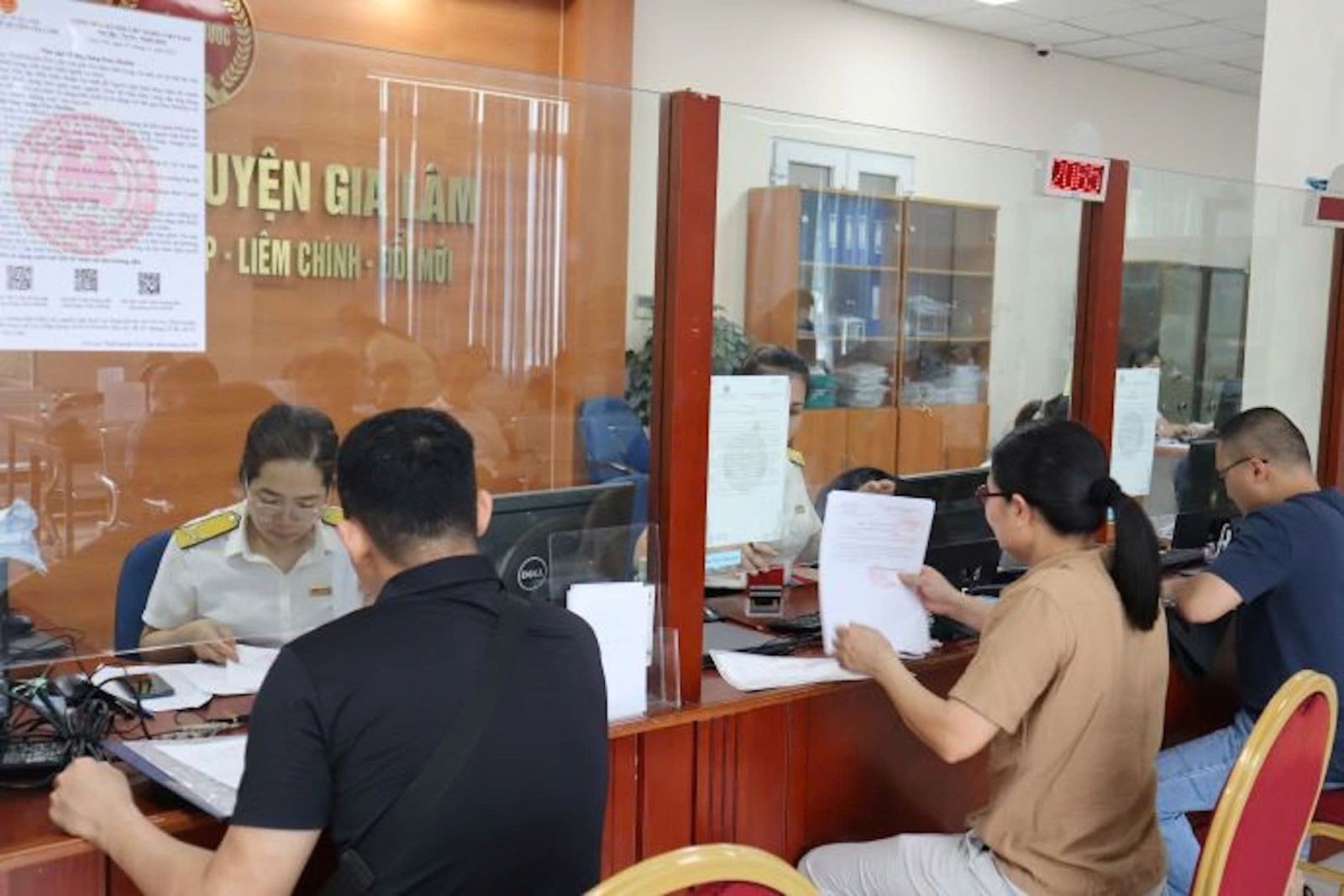
Cut down on administrative procedures
Recently, the Ministry of Finance has urgently completed the legal framework according to the two-level government. To implement the new model, the Ministry of Finance has reviewed 24 areas of State management of the Ministry and identified 563 contents, tasks, and authorities to propose decentralization, delegation of power, and arrangement of two-level local governments in 233 legal documents.
Accordingly, the tasks and powers of local governments are clearly defined according to the two-level government model, applied in all areas: Development investment; bidding; requisition and confiscation of assets; land finance; management and use of public assets; tax and fee management; price management; insurance business; activities of business households, cooperatives, cooperatives and cooperative unions; development of state-owned enterprises; social policy credit.
Previously, the Ministry of Finance urgently developed, consulted and completed 6 Decrees and 7 Circulars to implement decentralization, delegation of authority and division of authority according to the 2-level local government model. Currently, the Decrees regulating decentralization and delegation of authority in State management by sectors and fields such as: Public assets, national reserves, statistics, and taxes have all been issued by the Government and will take effect simultaneously from July 1.
For example, in the field of accounting and auditing, the Ministry of Finance issued Circular 46/2025/TT-BTC dated June 20, 2025 amending regulations on accounting and auditing according to 2-level local authorities, effective from July 1. According to the Ministry of Finance, if previously, small and medium-sized enterprises (SMEs) wanting to amend or supplement their accounting system or financial reporting forms had to be approved in writing by the Ministry of Finance, now enterprises are responsible for the amendments before the law and the supervisory agency.
Regarding the tax sector, Decree 122/2025/ND-CP dated June 11 on decentralization and delegation of tax management also took effect from July 1. The promulgation of the Decree ensures thorough decentralization of tasks between agencies and promotes the proactiveness, creativity, and self-responsibility of local authorities in performing State management tasks in the field of tax management.
Regulations on tax declaration dossiers, types of taxes declared monthly/quarterly/yearly, procedures for debt cancellation and debt cancellation from 15 billion VND, details on electronic invoice services, application of the mechanism of prior agreement on methods for determining taxable prices for enterprises with related-party transactions... are all part of the group of issues that used to take a long time to wait for instructions from the Government level, but can now be promptly guided at the Ministry level...
Smooth operation of infrastructure and data
According to Mr. Nguyen Viet Ha, Director of the Department of Information Technology (IT) and Digital Transformation (Ministry of Finance), the implementation of IT and digital transformation in the entire industry to ensure connectivity and synchronization is a consistent goal. "We strive to avoid interruptions and congestion in handling administrative procedures, affecting the normal operations of people and businesses," said Mr. Nguyen Viet Ha.
The next breakthrough phase is by December 31, the Finance sector will fundamentally overcome the inherent shortcomings and weaknesses in digital transformation throughout the entire political system. Complete shared platforms, standardize and connect important databases, substantially improve the quality of online public services, and create a solid foundation for the next stage of development.
“Units in the industry are focusing resources on adjusting professional software to meet the 2-level government model from July 1. The workload for adjusting software is huge, the implementation time is short, and human resources are limited. The total number of information systems and software in the industry is more than 150 systems, of which, the arrangement of administrative units and the construction of a 2-level local government organization model will have 66 systems that need to be adjusted to meet the new model,” said a representative of the Department of Information Technology and Digital Transformation.
"The systems of other units such as: Securities, statistics, reserves, debt management, insurance supervision, SME support... are not affected by the change to the 2-level model or only need to edit and complete some functions and reports to meet all management needs according to the current 2-level local government instead of 3 levels", Mr. Nguyen Viet Ha added.
Regarding the tax sector, Mr. Mai Xuan Thanh, Director of the Tax Department, said that communication work to taxpayers had been implemented early. The electronic invoice system was only suspended for the shortest possible period of time, from 0:00 on June 30 to 3:00 on July 1, in order to not interrupt business operations. "No administrative procedures will be affected or interrupted during the transition process," Mr. Mai Xuan Thanh emphasized.
Despite facing many difficulties and challenges, implementing the policy of the Party, Government and Ministry of Finance on streamlining and streamlining the organizational structure, the Tax sector continues to reorganize from 20 Regional Tax Branches into 34 Provincial and Municipal Tax Departments; 350 District Tax Teams into 350 Local Tax Departments managed by communes.
"From July 1, 34 provincial-level administrative units after the arrangement will come into operation. The study to establish 34 provincial-level tax units will bring many advantages to tax management and to the people and businesses themselves. At the same time, when reorganizing 20 regional tax branches, establishing 34 provincial-level tax units will bring many advantages to the tax sector. This model allows the tax agency to operate closely with local authorities, covering all revenue sources, increasing the initiative of local budgets," informed a representative of the Tax Department.
According to Ms. Tran Thi Hue, Deputy General Director of the State Treasury, the restructuring of the regional State Treasury system is carried out in accordance with the model of 34 provinces and cities after the merger. At the same time, the process of converting the Treasury and Budget Management Information System (TABMIS) is being implemented continuously, without interruption, without any days off, and is always ready to receive and process documents.
Source: https://baolaocai.vn/khong-de-xay-ra-tinh-trang-gian-doan-trong-linh-vuc-tai-chinh-post404089.html








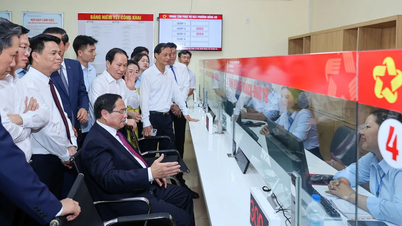



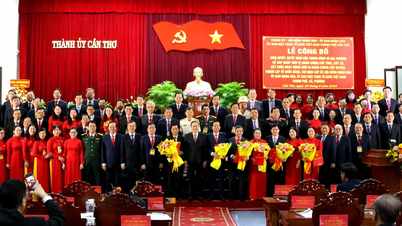
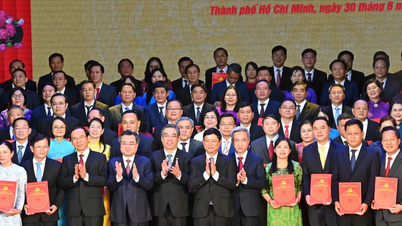
















































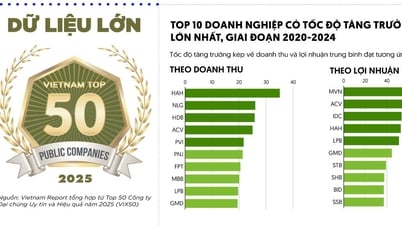







































Comment (0)